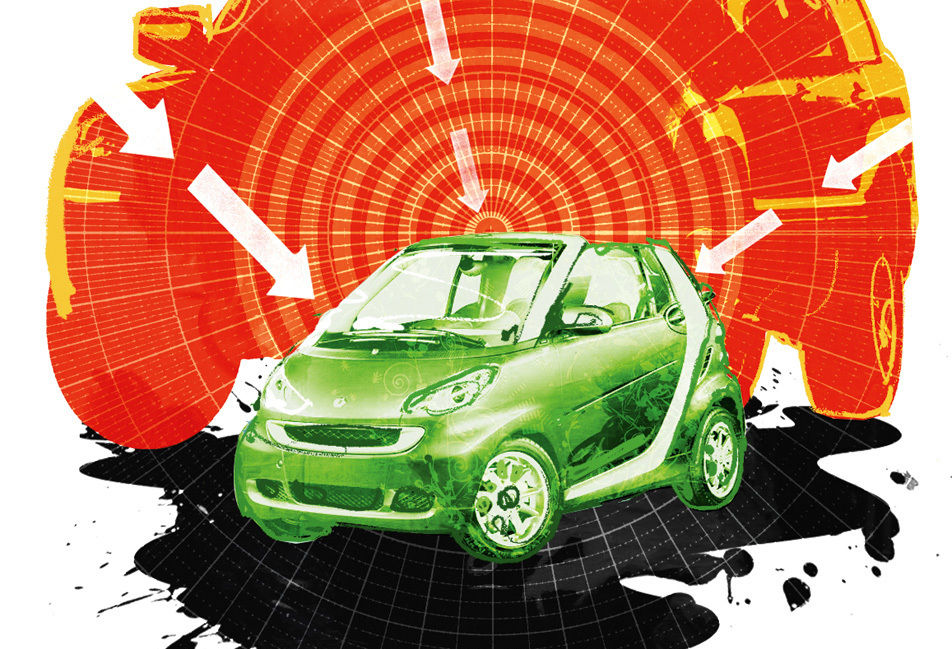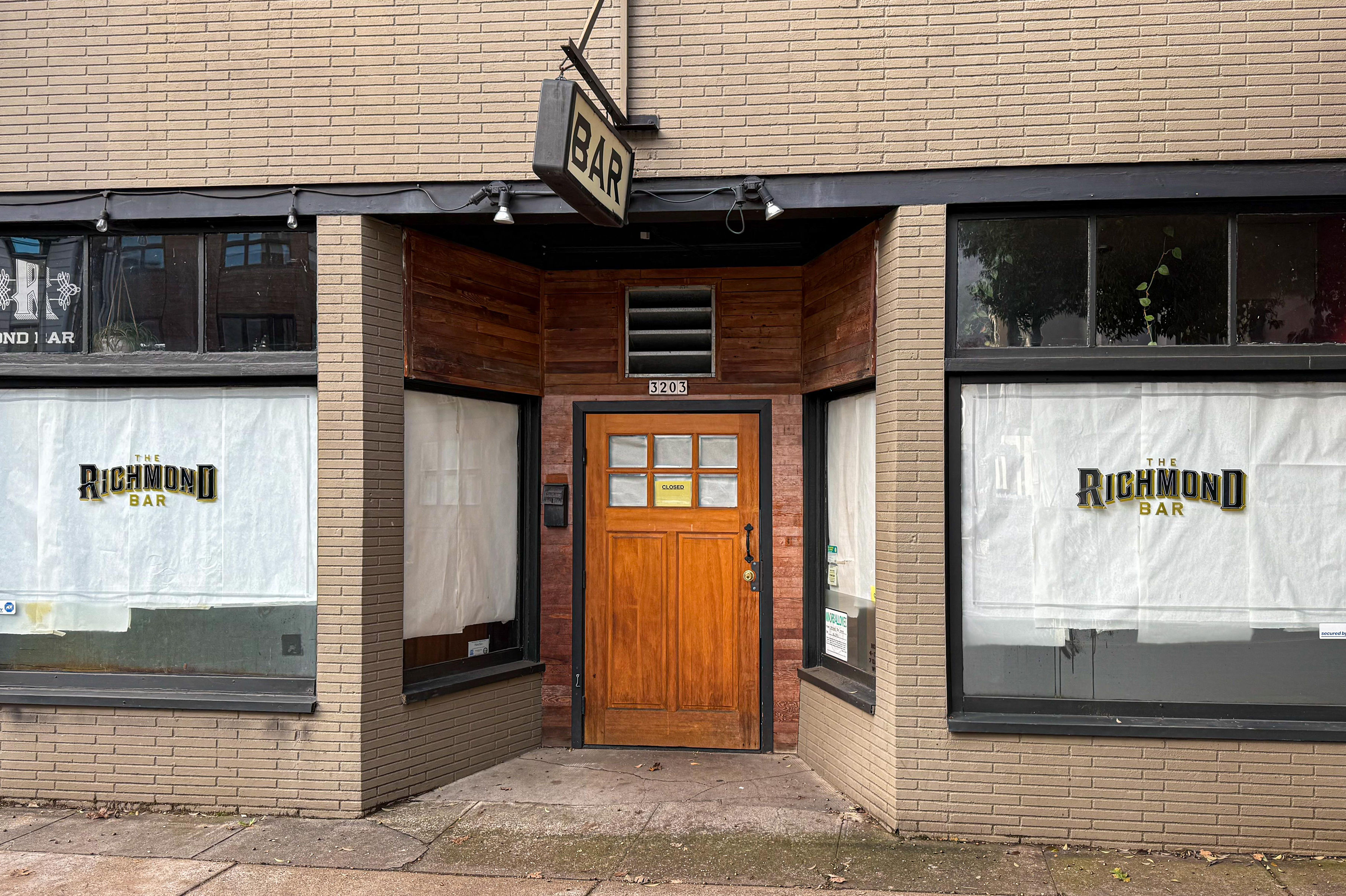Small Times

Image: Andy Potts
IN MY professional capacity as an automotive journalist, I’ve blown through the desert at 100-plus miles per hour in an Audi S5 and navigated mountain switchbacks in a Maserati GranTurismo. But the vehicle I’m test-driving today has just three cylinders and a 0-to-60 time of 12.8 seconds (which makes it more powerful than a golf cart—but not by much).
It also looks suspiciously like a cross between an Easter egg and a giant baby shoe. Yes, it’s the Smart ForTwo, and here at Smart Center Portland—the dealership that opened near Beaverton in January, after the German-engineered cars became available in the United States—the vehicles are flying off the lot. That’s because the two-seater Smart car, which gets an estimated 33 miles per gallon in the city and 41 on the highway, promises to ease the current financial—and environmental—burden of driving. “People are coming in saying, ‘I need to get out of my SUV,’” says Trang Hamm, the Smart Center’s general manager.
There is no better place to witness the effects of soaring gas prices on consumer purchasing patterns than Portland car lots. Even back in 2006 (when gas was still relatively cheap), Portland had the highest per capita ownership of hybrid cars like the Toyota Prius of any U.S. city, evidence that we’re willing to jump on green automotive trends. Of the country’s 74 Smart Centers, ours currently ranks in the top 10 for total sales, and demand for Smart cars is so robust here that should you decide to buy one today (prices start at $11,590) your cute little Smart ForTwo Passion Cabriolet won’t be delivered until September 2009.
But the Smart Center isn’t the only local auto house where you’ll notice a radical change in what consumers want to drive. At EcoMotion, an electric-car dealership that opened last fall, purchases of the Zap and Dymac electric vehicles it carries have been so strong that the company opened a second location, in Milwaukie, last May. General sales manager Digger Lambert says that buyers who might have been on the fence about going electric are plugging in owing to prices at the pump. “It’s a big lifestyle change,” he says. (Electric vehicles can travel only 40 to 50 miles per charge, and the metro area currently has just four public charging stations.)
Nor are America’s Big Three immune. Consider what’s coming to a Ford lot near you. Flagging sales of trucks and SUVs have forced Ford’s top brass to augment its bottom line by importing six small European models in 2009 and 2010, including the Fiesta, a hatchback that gets about 40 mpg. “People are asking themselves, ‘What do I really need?’” says Tara Baukus Mello, analyst for Nadaguides.com, which produces vehicle-pricing books.
But what consumers need (and want), they may not be able to get. While more efficient cars like Toyotas, Nissans, and Hondas are selling at robust rates, says Brent Hillyer, director of e-business and new media for Ron Tonkin dealerships, manufacturers haven’t moved fast enough to keep up with orders. Nissan, for instance, has only just started consolidating its truck and SUV manufacturing into a few factories to make room on the production floor for more smaller, fuel-efficient cars. Last June, Toyota had only enough Priuses in its inventory to supply a day’s worth of orders from dealerships, thanks to unprecedented demand.
But how does it feel to drive a car that’s about half the size of the Popemobile? I admit that I thought it would feel flimsy. But as I zip through Beaverton, I find the throttle and paddle shifters responsive and the interior surprisingly roomy. Plus, I realize, I’d never have to wonder whether that NW 23rd Avenue parking space is large enough. (It is.) And there’s this: People are actually smiling and waving at me. Apparently, this fuel-efficient ugly duckling makes people feel, well, happy. Which is perhaps just what we need in these gloomy economic times. Thanks, Big Oil. I guess.




